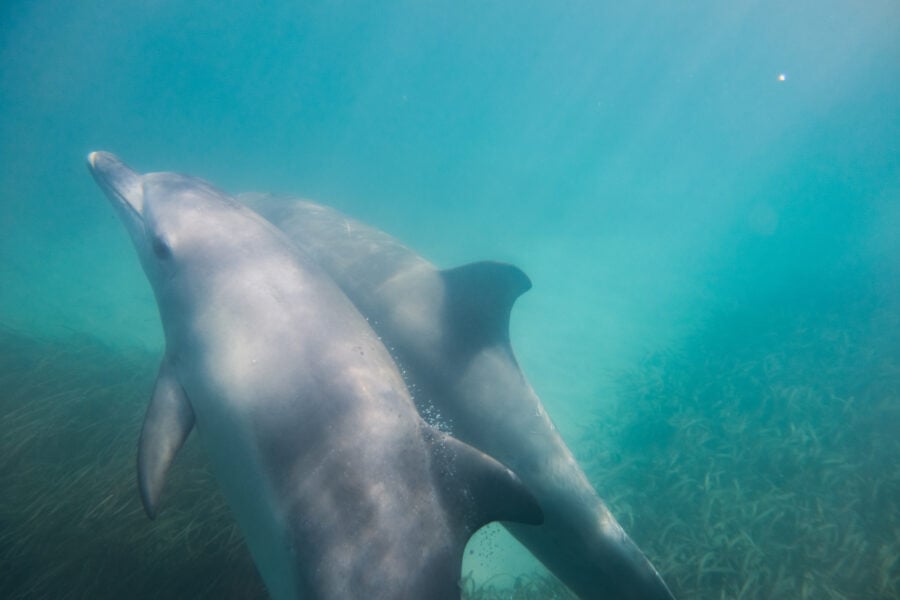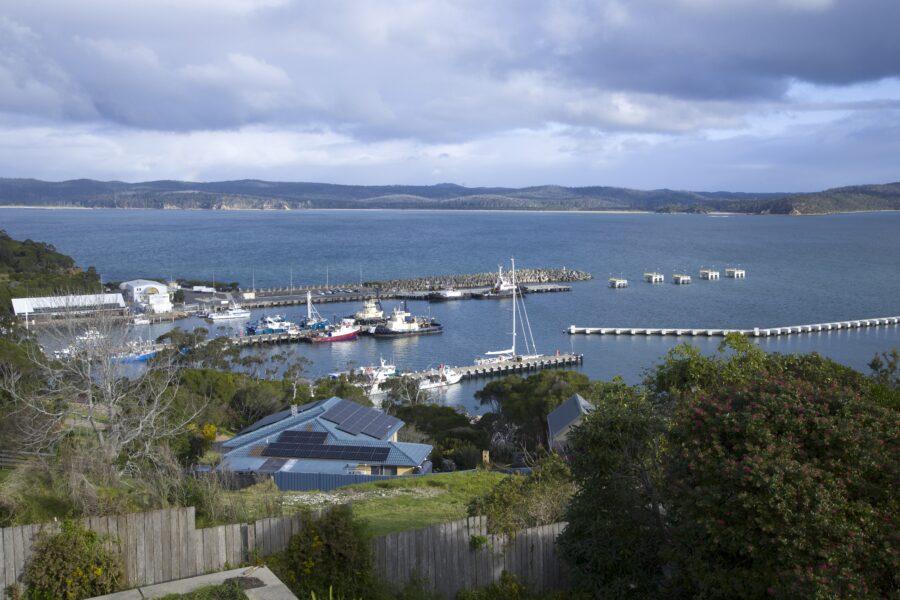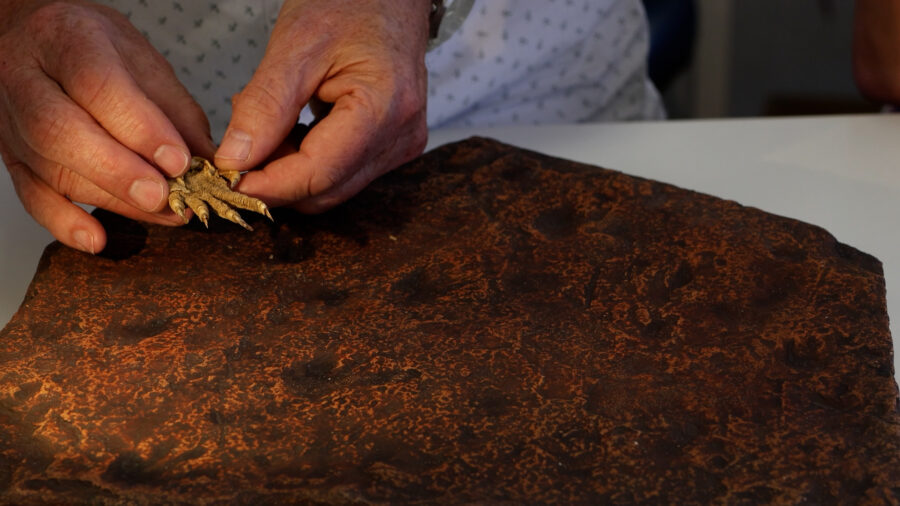World’s largest asteroid impact found in Australia

- Australia’s best meteorite craters
- Gallery: meteorite craters in Australia
- Australia’s meteorite craters: 32 major impacts
THE LARGEST IMPACT ZONE from a meteorite ever discovered on Earth has been found in central Australia.
But the exact ecological impact – thought to be one giant asteroid which broke in two before slamming into the planet over 300 million years ago – remains a mystery.
A team of geophysicists found the ‘twin scars’ while drilling for geothermal research in the Warburton Basin, near the borders of Queensland, South Australia and the Northern Territory.
While the crater from the impact has long since disappeared, evidence of the 400km-wide impact zone was hidden deep (about 3km) within the Earth’s crust, unlike the 32 impact craters known to scar Australia.
The two asteroids would have been more than 10km wide, said Dr Andrew Glikson from the Australian National University’s School of Archaeology and Anthropology.
Andrew and a team found initial evidence of the impact in 2010, which turned out to be the eastern impact zone. Further investigation into the site adjacent revealed a second, western zone, said Andrew.
“We don’t know it’s the same one,” he said. “We tend to think it’s an asteroid broken into two very large parts.
Meteorite impact event a mystery
While the exact date of the strike is unclear, Andrew said it was likely to have signalled the end for many species of the time.
“Large impacts like these may have had a far more significant role in the Earth’s evolution than previously thought,” he said.
The surrounding rocks are between 300 and 600 million years old.
Researchers have previously been able to estimate the time of meteorite strikes based on other evidence such as sediment in rock – the result of a huge plume of ash.
One such plume in Mexico, estimated to have been made 66 million years ago, is believed to have wiped out many species, including dinosaurs.
But Andrew said there was no such evidence associated with the Warburton Basin site.
“It’s a mystery – we can’t find an extinction event that matches these collisions,” he said. “I have a suspicion the impact could be older than 300 million years.”
The discovery, reported in the journal Tectonophysics, could fuel new theories about the Earth’s history, academics say.

Dr Andrew Glikson, from the ANU, inspects a sample of suevite – a rock with partially melted material formed during a meteorite impact. Credit: D Seymour
Meteorite impacts in Australia
Australia has 32 recognised impact craters, 27 likely craters and another 20 that are possible impact zones.
One possible impact zone being investigated by Richard Blewett at Geoscience Australia, is located at the well-known dinosaur fossil region of Winton in outback Queensland. The suspected 300-million-year-old rocks indicate a geological anomaly about 130km wide.




